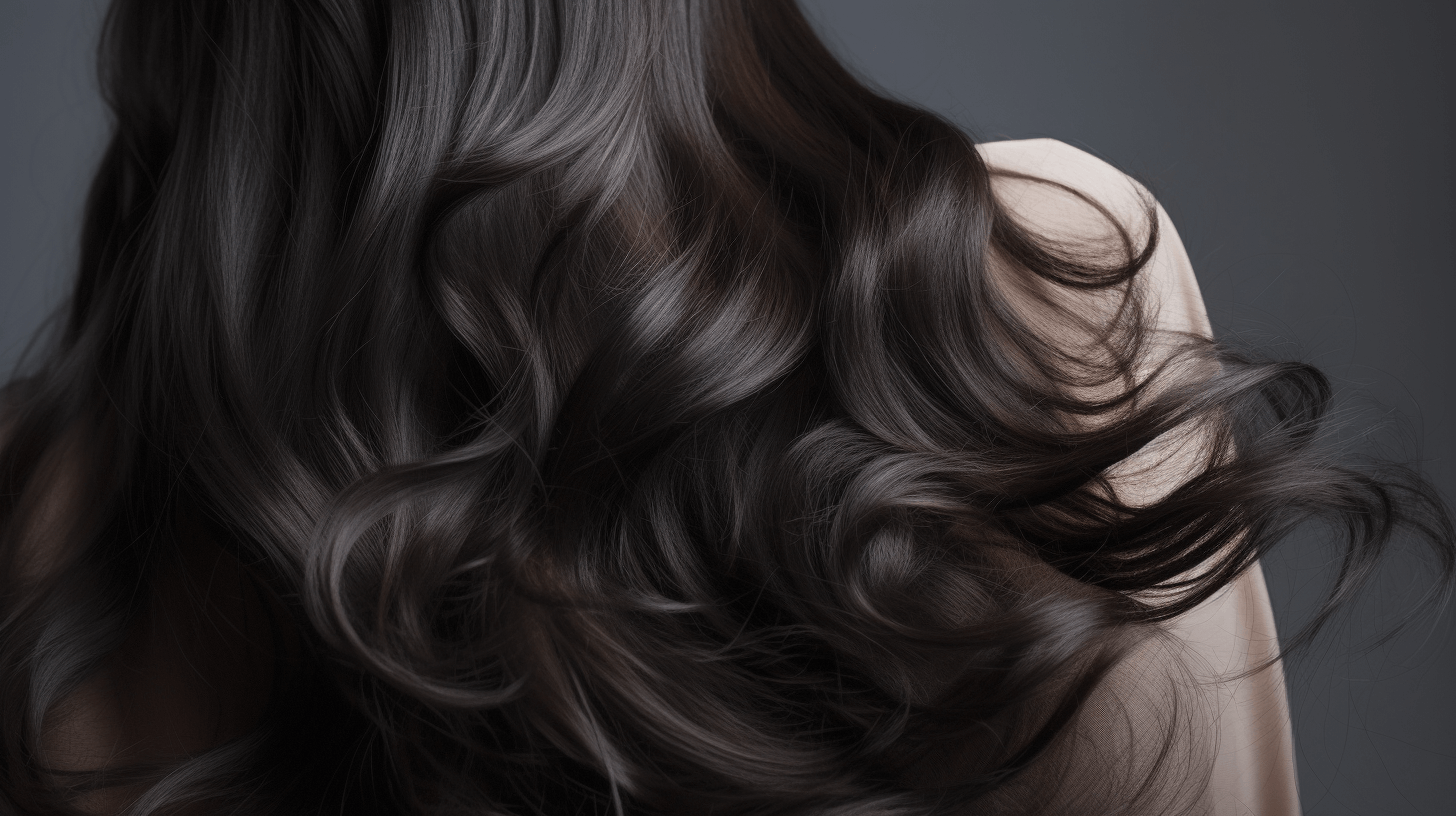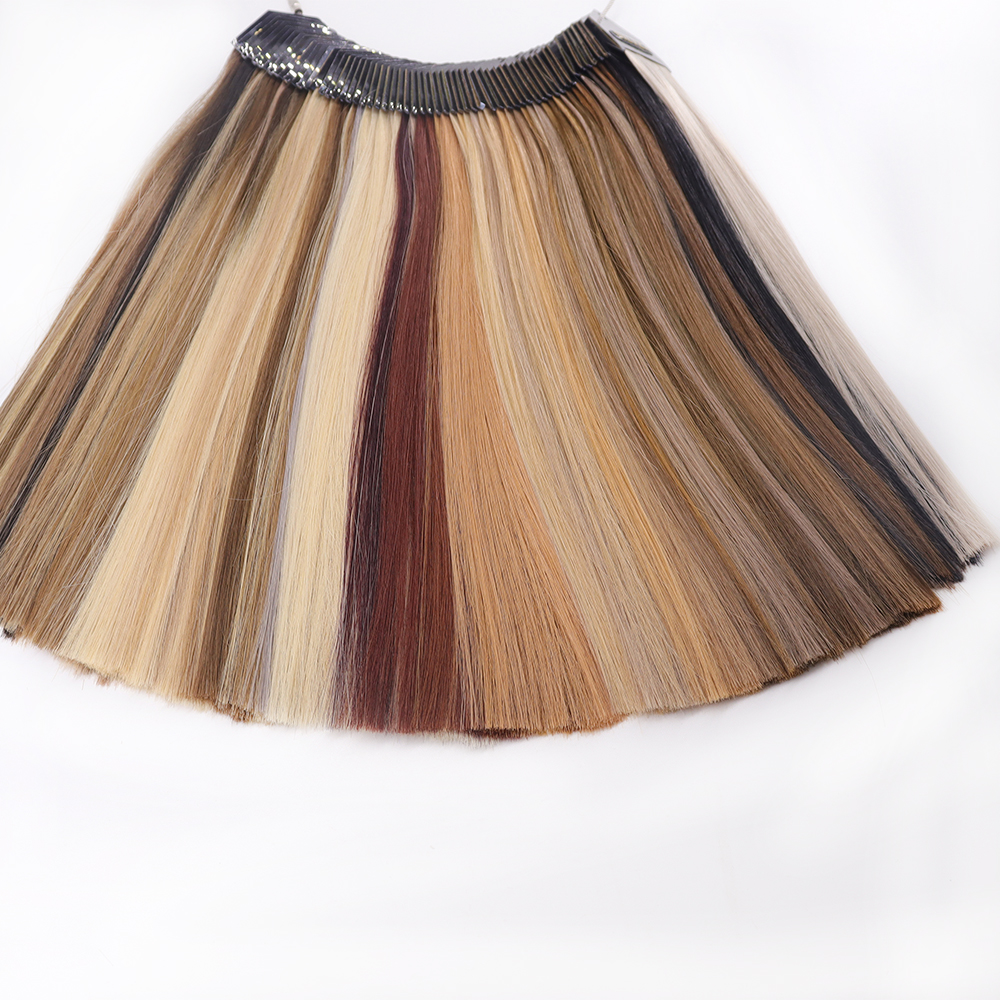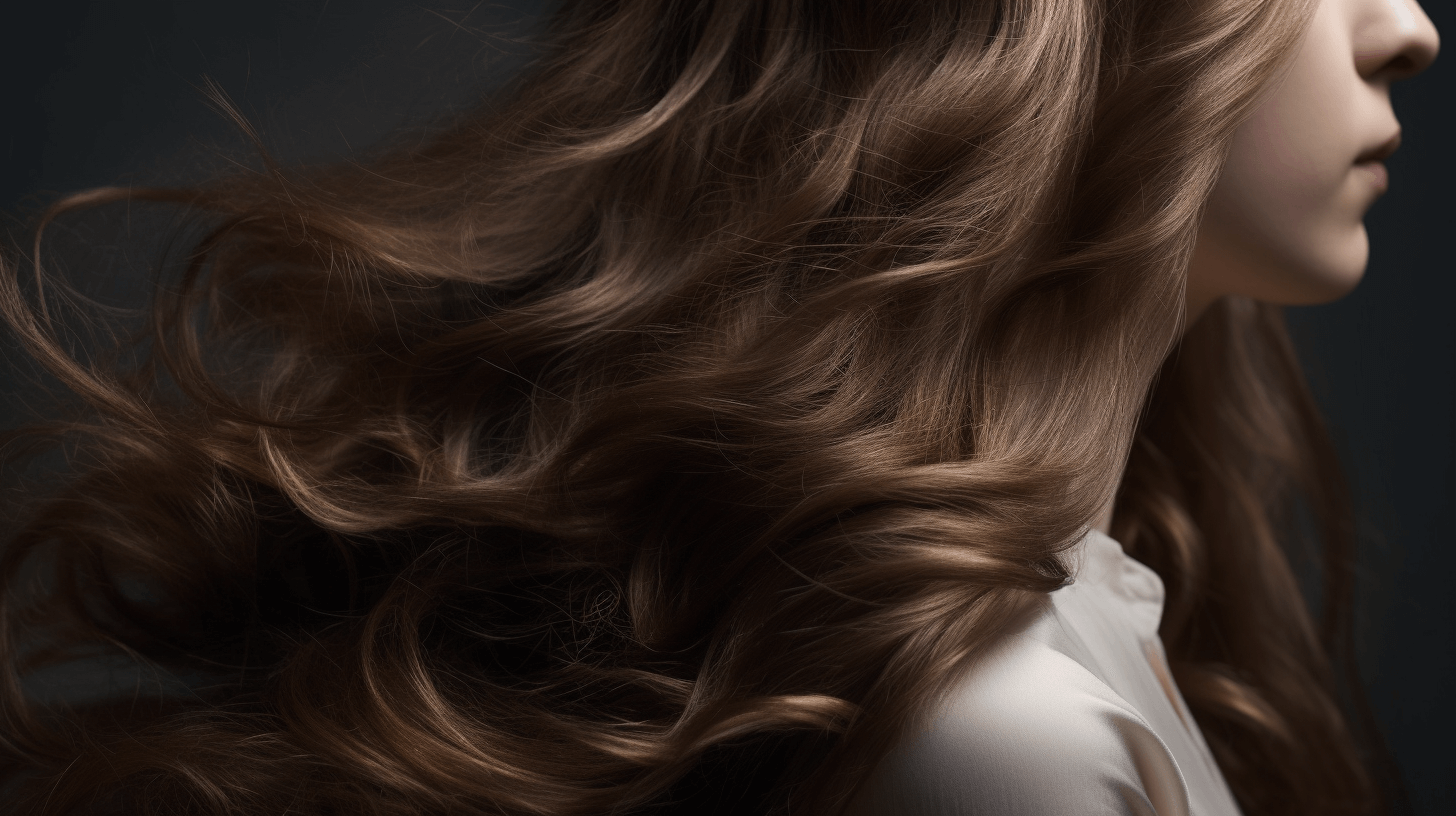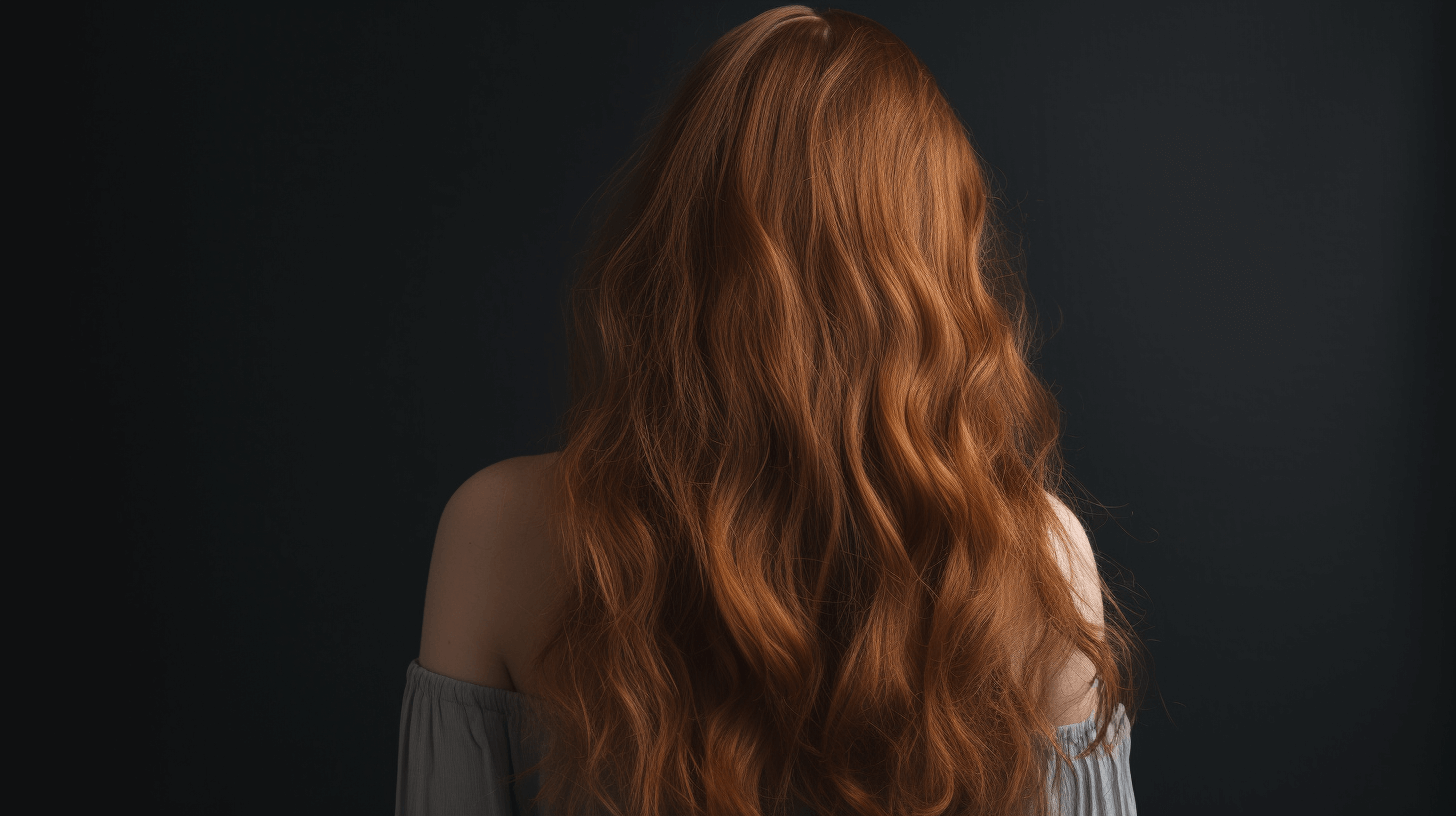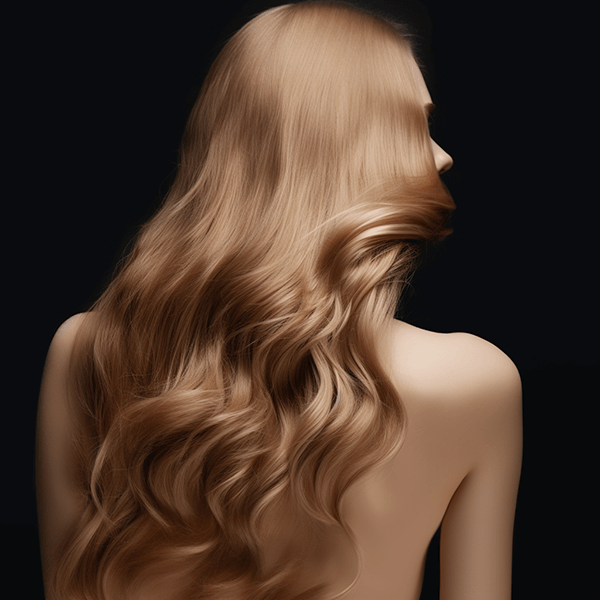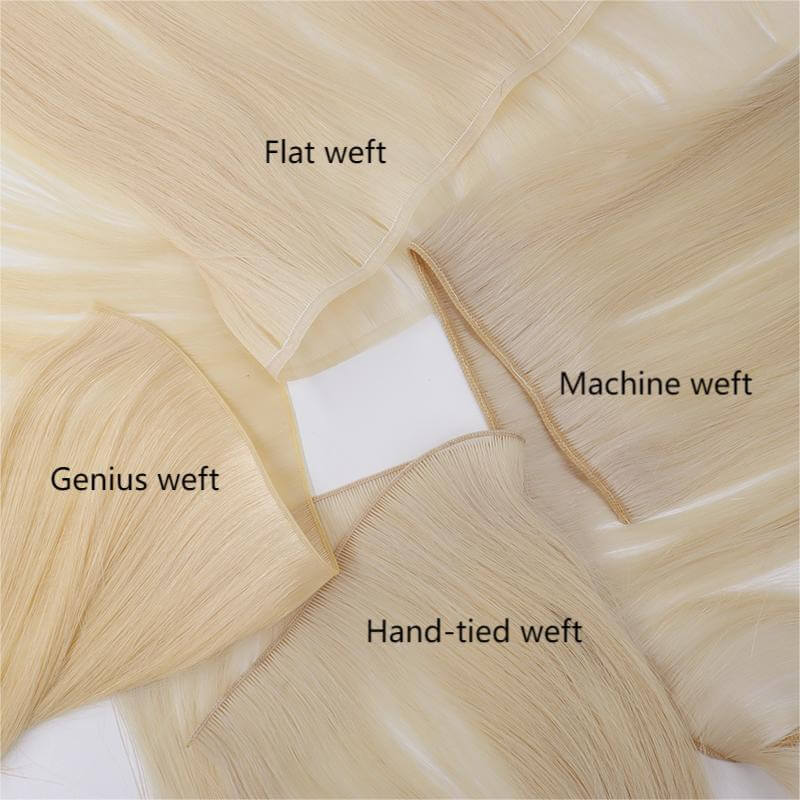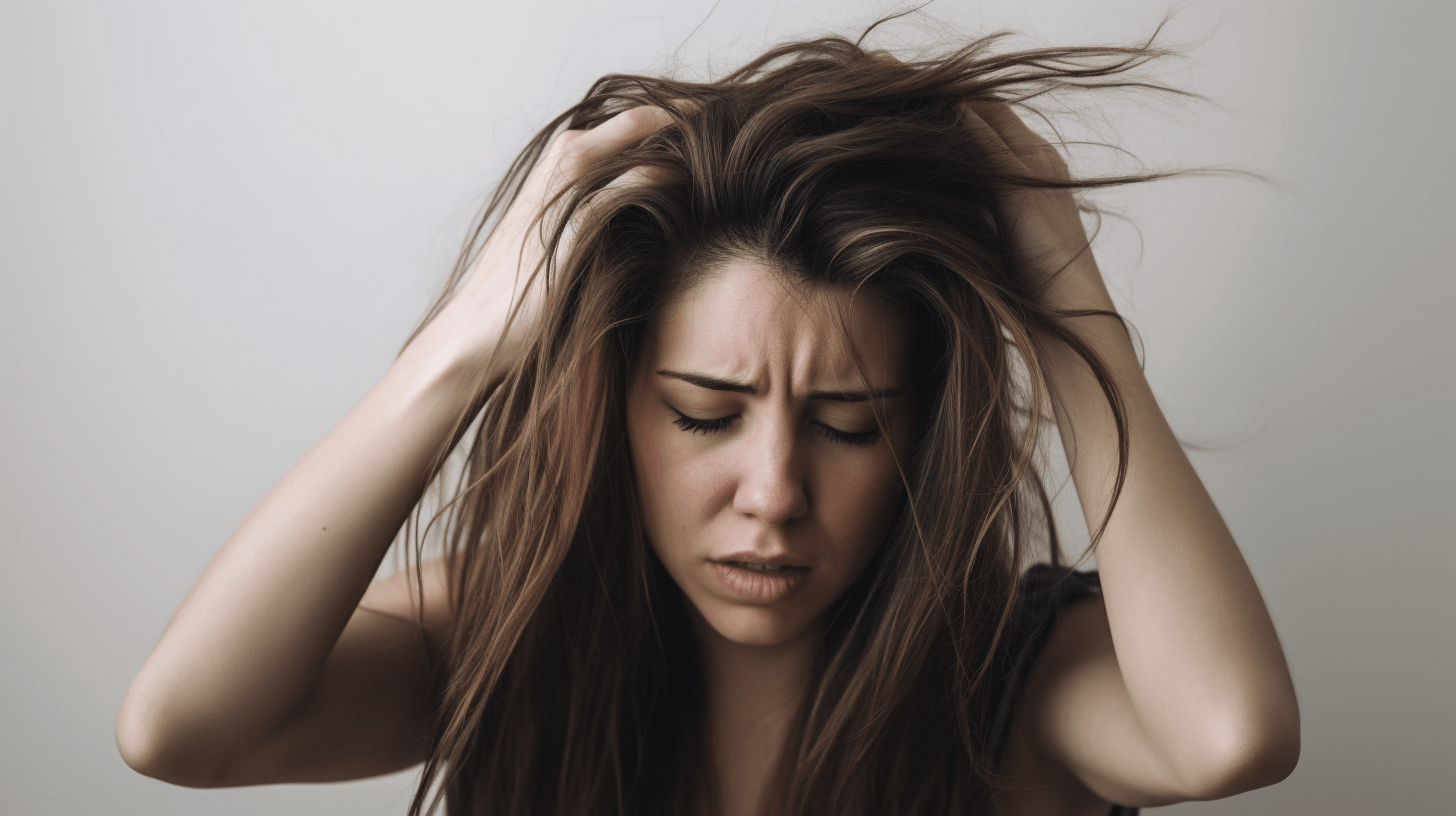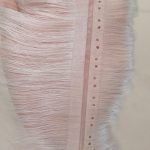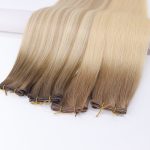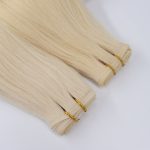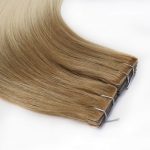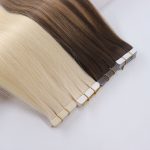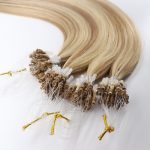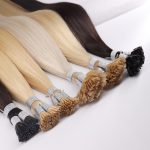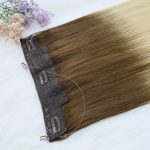In the ever-evolving market of hair extensions, the terms ‘Virgin Hair’ and ‘Raw Hair’ are frequently mentioned. While Virgin Hair is widely recognized and adored by many, the concept of Raw Hair may not be as familiar. But are these the best options available? In this article, we delve deep into understanding the differences between Raw Hair and Virgin Hair, enlightening you about their unique characteristics and helping you make an informed choice for your business needs.
What is raw hair?
Raw Hair represents the pinnacle of naturalness and authenticity in the world of hair extensions. It is 100% unprocessed human hair, revered for its pristine quality and unparalleled purity. This hair type stands out because it undergoes absolutely no chemical processing, ensuring that its integrity and natural characteristics remain untouched.
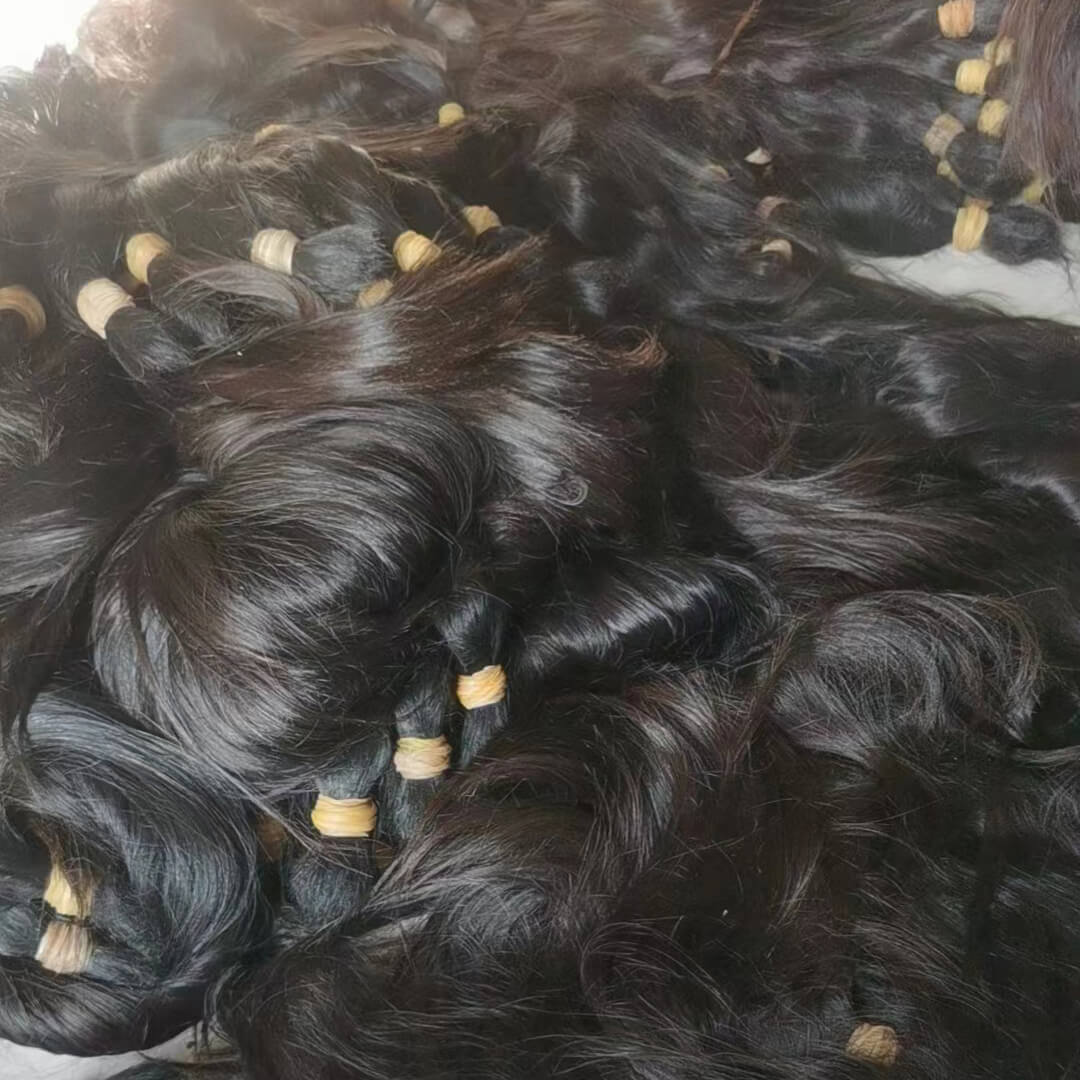
Key Aspects of Raw Hair:
- Directly Sourced: Raw Hair is obtained directly from individual donors, thereby guaranteeing a consistent texture and quality. This direct sourcing method is crucial in maintaining the hair’s natural state.
- Minimal Processing: Once collected, the hair is only washed and conditioned at the factory. There are no further treatments or chemical processes involved, preserving the hair’s original health and vitality.
- Natural color: The color of Raw Hair is natural, reflecting the donor’s original hair color in varying natural shades.
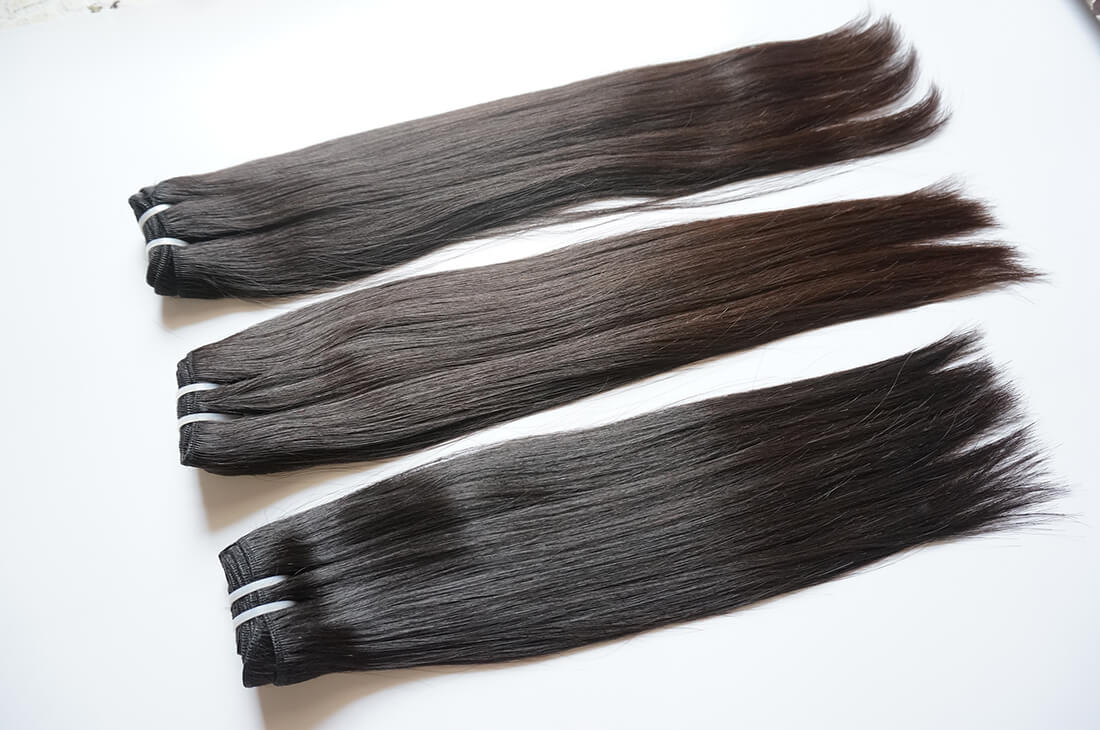
- Texture: Raw Hair’s texture is completely natural, available in straight and natural wavy forms, each with a unique pattern.
- Single Drawn: Single-drawn Raw Hair features strands of varied lengths, offering a natural tapering that mimics typical hair growth.
- Dye-Ability: Raw Hair is fully dyeable and bleach-friendly due to its unprocessed nature, though professional coloring is recommended to maintain quality.
- Durability and Longevity: Raw Hair, being 100% unaltered and sourced from a single donor, not only looks incredibly natural but also boasts an impressive lifespan. With proper care, these extensions can last up to 3 years, making them a wise investment for consumers seeking long-term quality.
What is virgin hair?
- Virgin Hair, while also high-quality, differs from Raw Hair in terms of processing and sourcing.
- It is not chemically treated but may undergo minor processes like steam treatment to create various textures.
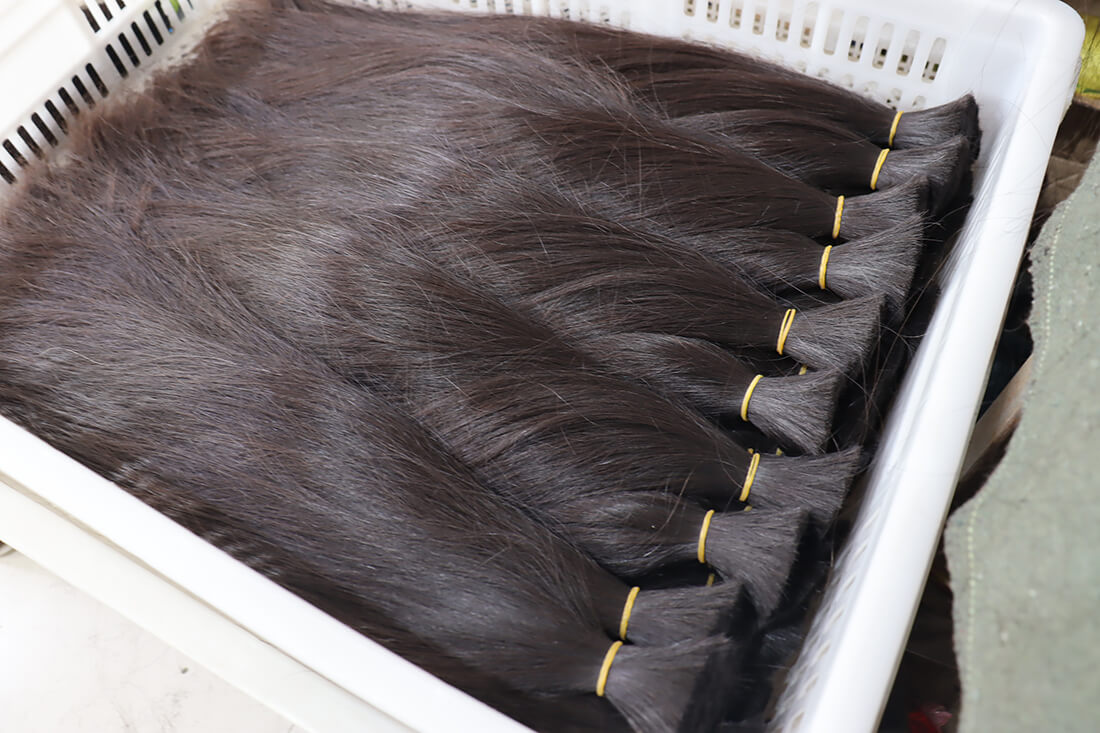
Two Types of Virgin Hair:
- Mixed Donor Hair: This type comes from different donors and is blended to create a uniform look and texture.
- Fallen Hair: Also known as ‘floor swept hair’, it is collected from floors or brushes. While still a part of the Virgin Hair category, it is less premium compared to the first type.
Key Aspects of Virgin Hair:
- Sourced:
Mixed Donor Hair: Hair from multiple donors is blended for uniformity in texture and look.
Fallen Hair: Also known as ‘floor swept hair’, this type is less premium and collected from salons or brushes. - Minimal Mechanical Processing: Although not chemically treated, Virgin Hair may undergo minor mechanical processes like gentle steam treatments to create specific textures and styles.
- Color: The blending of hair from various donors leads to a uniform color across all Virgin Hair extensions.
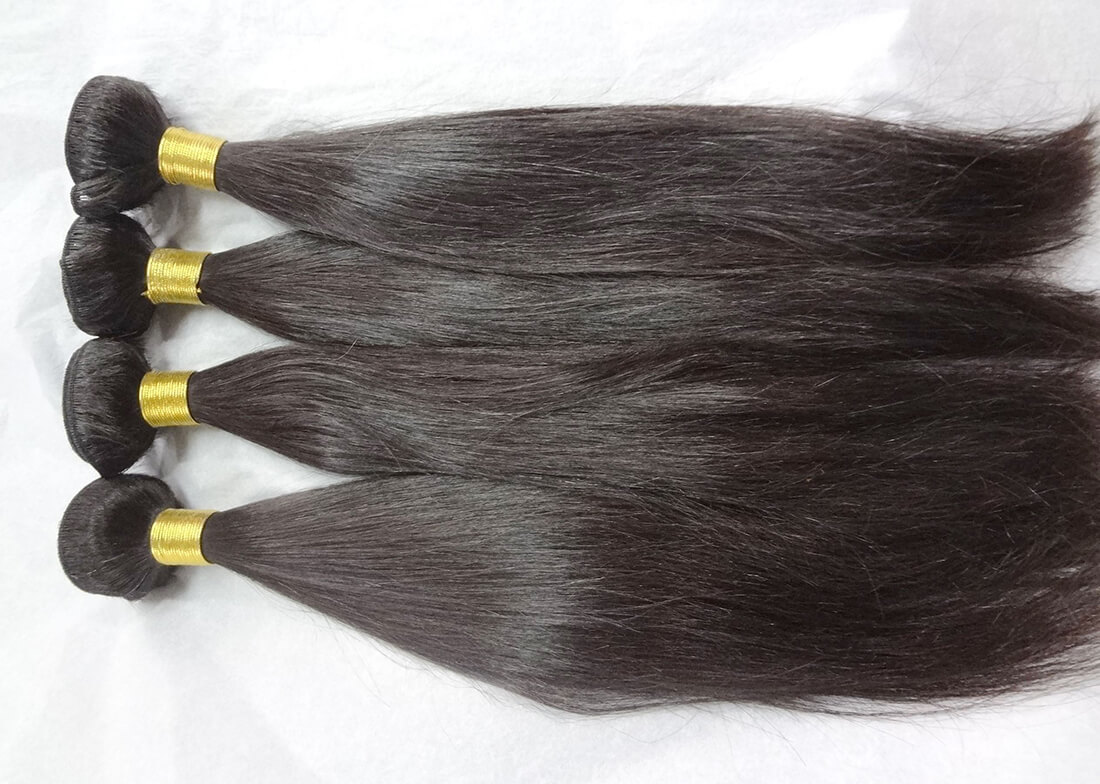
- Texture: Virgin Hair, while naturally textured, may undergo minor mechanical processes, such as steam treatments, to achieve desired styles and textures, like deep wavy, water wavy, curly, etc.
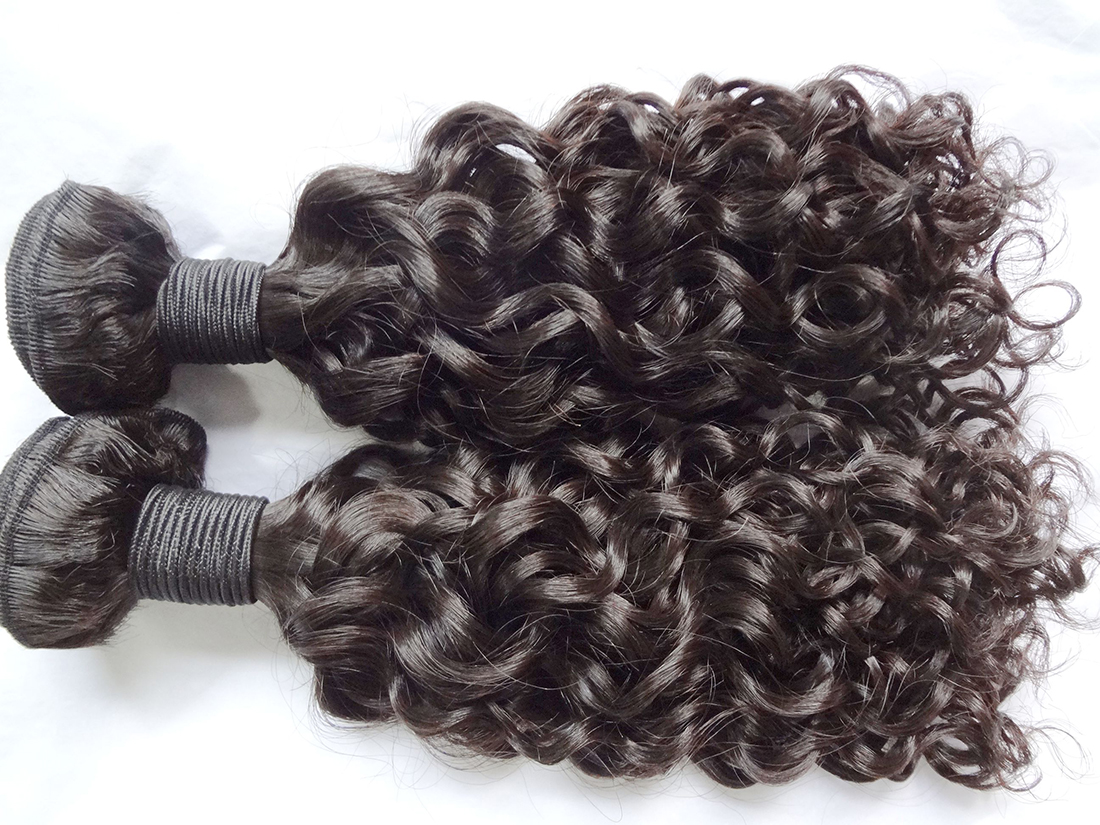
- Double Drawn: Virgin Hair can be offered in a double-drawn format, where hair is carefully sorted to ensure uniform length and fullness throughout.
- Dye-Ability: Virgin Hair is generally dyeable, but its subtype, Fallen Hair, is more challenging to color and more prone to quality loss during the dyeing process.
- Durability and Longevity:
Mixed Donor Hair: 1-2 years with proper care.
Fallen Hair: 6-9 months with proper care.
Conclusion
In the competitive hair extension market, understanding the differences between Raw Hair and Virgin Hair is crucial. Raw Hair stands out for its natural, unprocessed state and longevity, ideal for clients seeking premium quality. Virgin Hair, known for its versatility and range of textures, caters to a broader audience with its affordability and style variety. Choosing between these two depends on your client’s preference for authenticity and durability (Raw Hair) or diversity and cost-effectiveness (Virgin Hair). This knowledge empowers you to meet diverse market needs effectively, ensuring customer satisfaction and business success.

